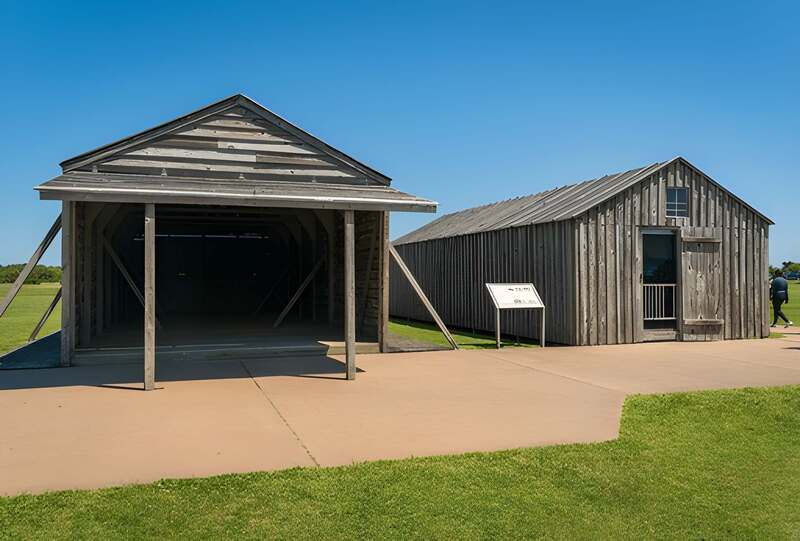Keep Your Home With Quality Window Fly Screens
- ameliya lanne
- Feb 11, 2015
- 3 min read
Updated: Sep 11, 2023
Flies are a perpetual problem in some parts of the world. In other places, when the weather is just pleasant enough to leave the doors and windows open, flies and bugs start buzzing around and create a nuisance. Window fly screens are designed specially to protect homeowners from these insects and flies. These screens also allow us to keep the doors and windows open and bring in the natural light and fresh air. The most commonly used screen materials today include aluminum screens and vinyl-coated fiberglass. The only difference between these two types of screens is the cost. Vinyl screens are three times less expensive than aluminum screens. Here are a few essential facts about vinyl-coated fiberglass and aluminum screens.

Fiberglass fly screens for windows:
This type of window screen can resist stains, rust, and corrosion.
As compared to aluminum, fiberglass screens tear easily if stretched.
Fiberglass screens are versatile and can be used for windows, doors, patio rooms, and pool enclosures.
This screen is available in many different colors such as dark grey, silver grey, aquamarine, black and white, and so on.
Fiberglass, vinyl-coated mesh has a minute weave which ensures that no insects, however small, can penetrate through.
Due to the minute weave, however, this type of screen cuts down the breeze and light transmission.
Solar screens made from vinyl-coated fiberglass material help save a lot of energy by blocking heat gain which in turn reduces the load on the air-conditioning
Just like the aluminum screens, fiberglass screens come in a width of up to 84 inches.
Aluminum fly screens for window:
This metal mesh has a rugged appearance and comes in finishes and colors such as bright aluminum, dark gray, and black.
The readily available mesh size measures 18x16 inches.
Aluminum screens are available in convenient 100-foot rolls and are priced affordably.
These screens are sturdy and do not break easily when stretched. Other types of screens include copper, bronze, and stainless steel screens, pet-resistant screens, and retractable screens. Bronze wire screens are made of a combination of 90% copper and 10% zinc. Compared to aluminum screens, bronze window fly screens are more expensive. Brass, copper, and stainless steel screens are even more expensive as they are specialty metals. If the screen door frames are made of aluminum, it is recommended not to use brass, copper, or bronze screens as the two metals will interact and eventually corrode.
Pet window and door screens:
Pets can be troublesome as they can shred your screens. Those who have pets can think about installing heavy-duty, vinyl-coated polyester screens.
As compared to the normal screens, this specialty Phifer screen is at least seven times stronger.
This material will not sag while stretching making it easy to install.
Pet screens are nylon-reinforced and flexible.
Retractable door and window screens:
Especially ideal for rectangular casement windows, retractable window fly screens offer a special look and optimum functionality.
The system consists of a spring-loaded shade that retracts to the top.
When you want the screen to cover the window, all you have to do is slide it down between the mounted guides and lock it at the bottom.
Offered in champagne and white color, this screen is made of vinyl-coated fiberglass.
Retractable door screens roll back into a tubular casing at one end of the door and are held by strong magnetic catches when open. There are many different types of window fly screens available in the market. Homeowners can choose the right window fly screens based on their specific preferences and requirements. For more useful information please click here.



















Comments